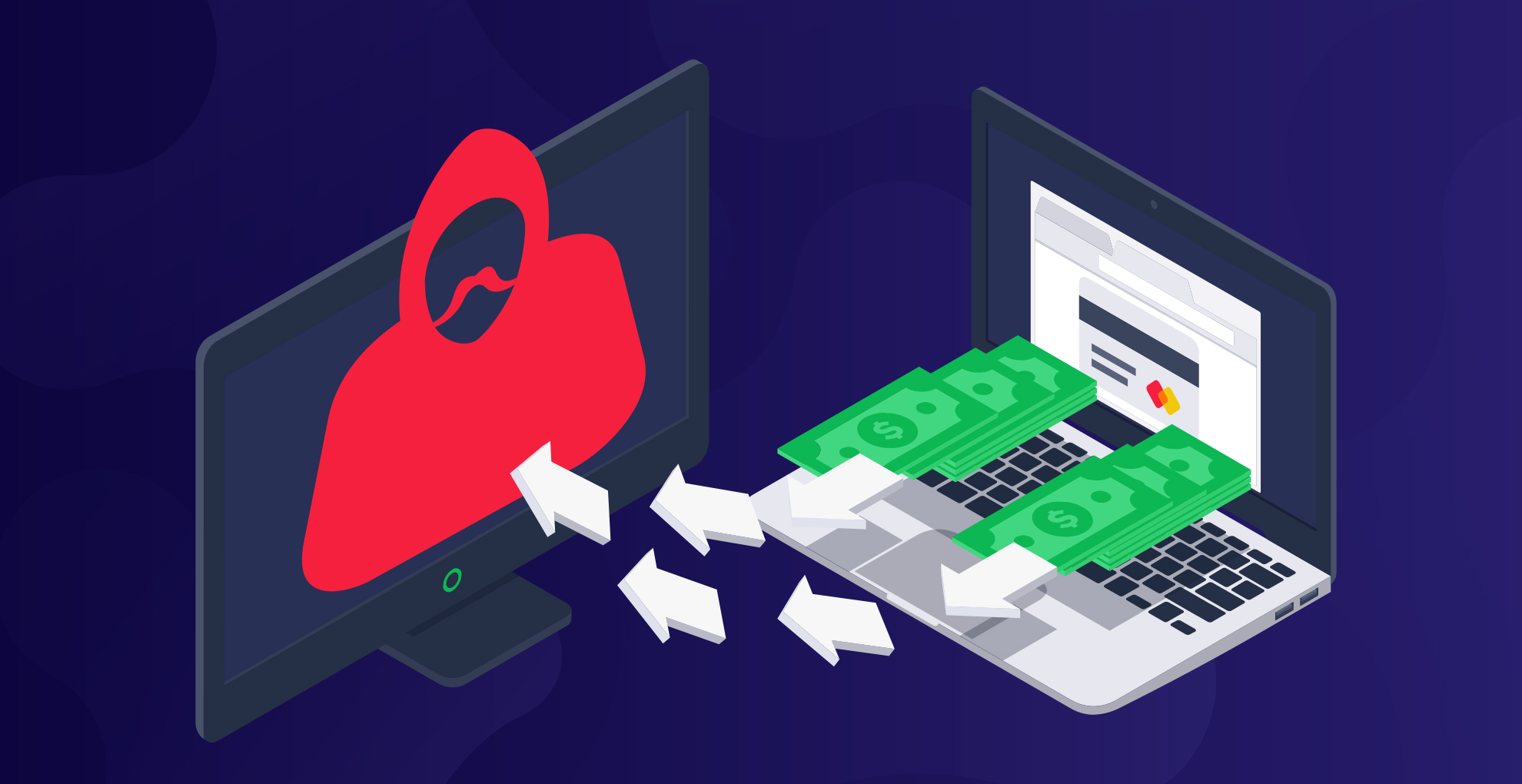AI is helping hackers get access to systems quicker than ever before
Attackers take just 6 hours to encrypt data

- Hackers are carrying out attacks faster than ever, report claims
- ReliaQuest research says encryption of exfiltrated data is becoming less likely
- Phishing remains the top attack vector
As well as boosting businesses across the world, the adoption of AI by security teams and hackers has also changed the cybercrime landscape, with new research from ReliaQuest claiming cybercriminals are now faster than ever at breaching systems, with the average time between initial access and lateral movement now just 48 minutes.
Interestingly, the report found hackers are relying less and less on encryptions, with 80% of all breaches involving data exfiltration, but just 20% including encryption, and many attackers are, abandoning encryption altogether, focusing solely on data theft, "a faster, more profitable approach,” the report confirms.
This suggests companies are perhaps less inclined to pay ransoms, and hackers are finding more success in simply selling the stolen data, rather than making demands.
Old habits die hard
This isn’t perhaps entirely surprising, as fewer than half of ransomware incidents result in payment, and of those who pay the ransom, only around 7% actually ever fully recover their information - so there’s not much incentive on either side.
The research also shows phishing is once again the top initial access technique, and 30% of these attacks include credential harvesting. Social engineering attacks are evolving too, with ‘voice phishing’ now behind 14% of breaches - especially targeting the manufacturing sector, likely due to the ‘frequent IT interactions and lenient help-desk policies’ needed to handle the high volumes of support requests.
But the findings also mean security teams are going to have to rethink their priorities in the coming months, and in 2025, companies will have to bolster their defenses to avoid any costly downtime.
“The focus can no longer be solely on restoring encrypted systems—strategies must also address protecting data privacy, managing reputational risks, and ensuring compliance with regulatory requirements,” the report adds.
Are you a pro? Subscribe to our newsletter
Sign up to the TechRadar Pro newsletter to get all the top news, opinion, features and guidance your business needs to succeed!
“To prepare, CISOs must implement defenses to detect and prevent exfiltration attempts while developing playbooks that prioritize business continuity and resilience against these evolving ransomware tactics.”
You might also like
- Take a look at our picks for the best antivirus around
- Check out our recommendations for the best malware removal software
- The truth about GenAI security: your business can't afford to “wait and see”

Ellen has been writing for almost four years, with a focus on post-COVID policy whilst studying for BA Politics and International Relations at the University of Cardiff, followed by an MA in Political Communication. Before joining TechRadar Pro as a Junior Writer, she worked for Future Publishing’s MVC content team, working with merchants and retailers to upload content.
You must confirm your public display name before commenting
Please logout and then login again, you will then be prompted to enter your display name.